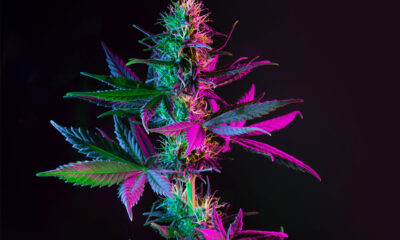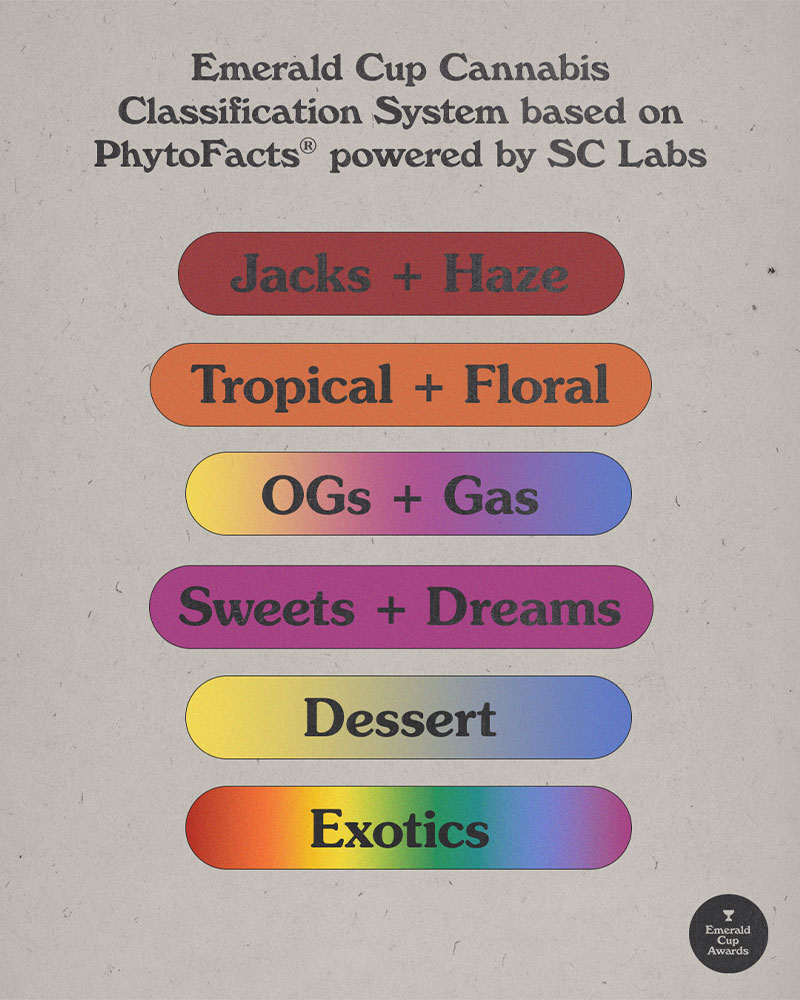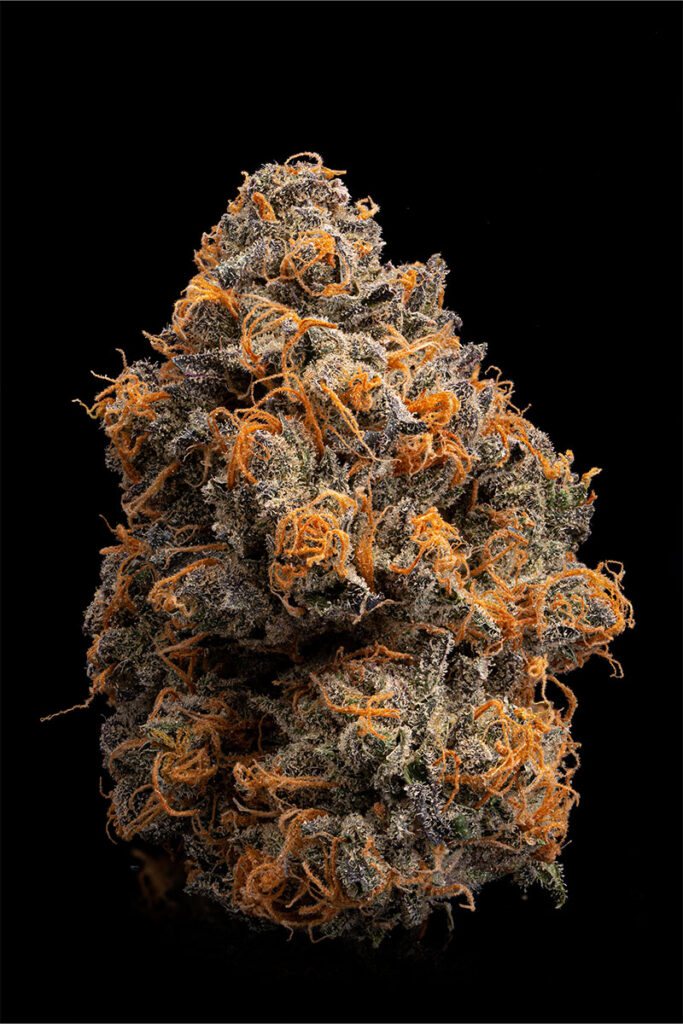Cannabis
Celebrate 710 with the Aficionado Guide to Cannabis Concentrates
Published
3 years agoon
By
Anna Wilcox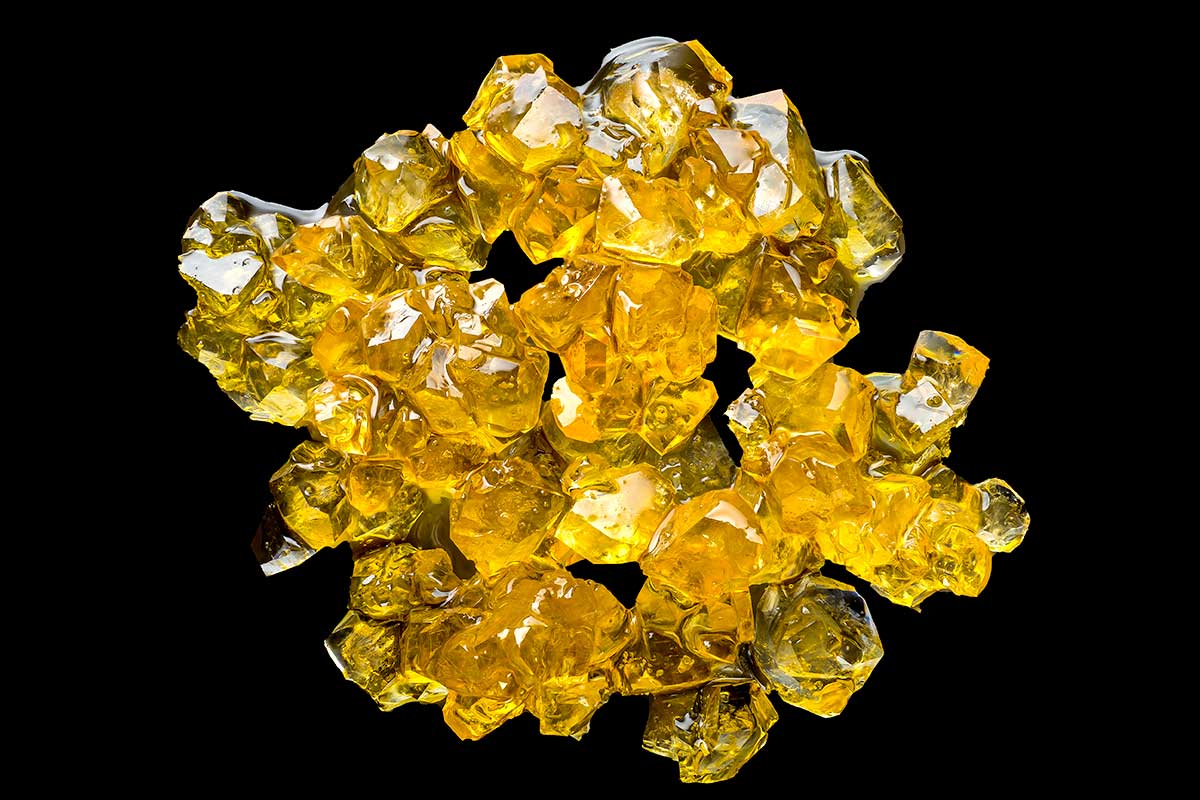
For many enthusiasts, concentrates are among the most enjoyable and versatile of cannabis products. While a little concentrate goes a long way, these extracts are easily vaporized, smoked, or used to make infused topicals, edibles, and more. Not all concentrates, however, are created equal. The way that different cannabis concentrates are prepared has an impact on the end result.
In order to delve deeper into the past, present and future of cannabis concentrates this 710, we have called in the expertise of the team from Oleum Extracts. The Washington-based, multi-award-winning processor company is considered to be one of the best in the industry, developing consistently innovative products — like their THCA crystalline Wizard Stones — and producing high-quality extracts.
Here’s what every aficionado needs to know about cannabis concentrates.
The Evolution of Cannabis Concentrates
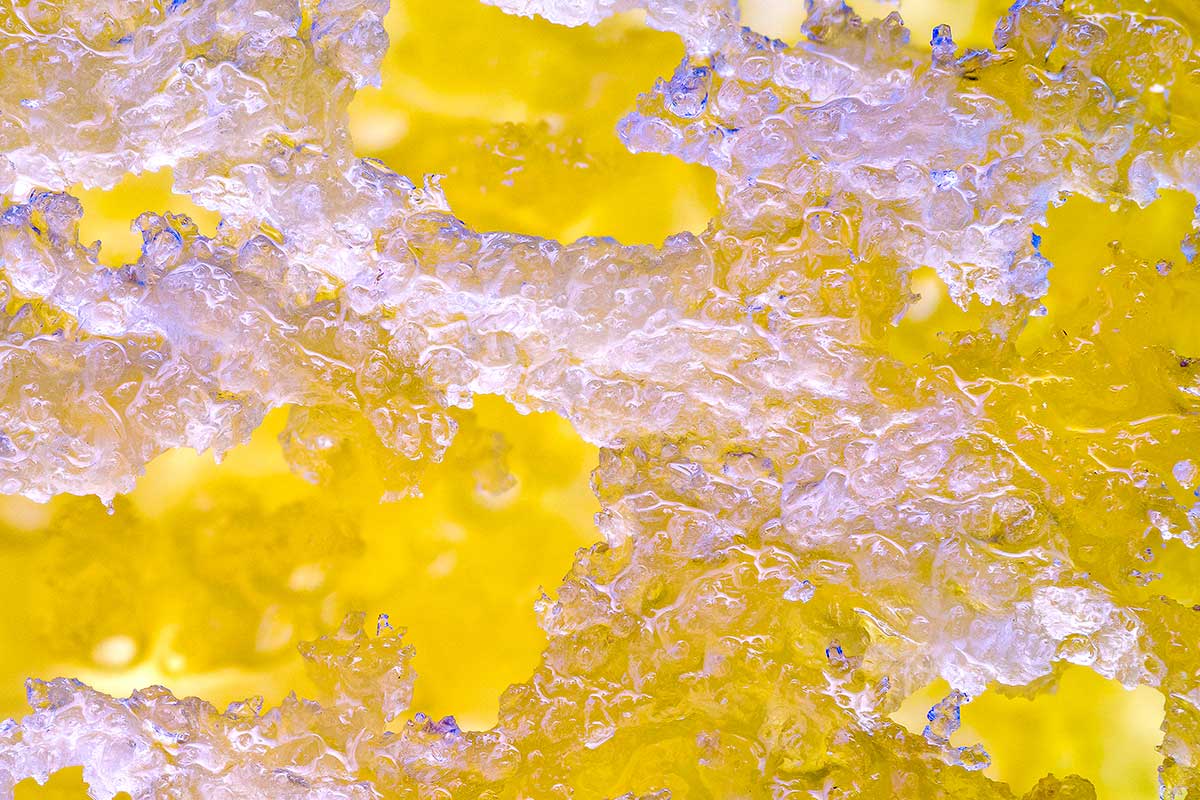
PHOTO | Oleum Extracts
Oleum Extracts believe that the evolution of cannabis concentrates has seen a shift away from the wants and needs of producers towards those of the consumers.
“As consumers become more educated, they are asking better and more meaningful questions regarding the products they are ingesting/consuming, which is a good thing,” said Team Oleum. “New topics such as cannabinoid profiles, terpene profiles, how the products made, what kind of materials are used, and knowledge of the manufacturers are making their way into the purchasing decisions of consumers.”
They also think that as consumers become savvier to which companies and products have the most stringent production policies and consistent products, “brand trust and loyalty are beginning to make their presence felt.”
When purchasing cannabis concentrates, asking for the cheapest products with the highest THC levels should not be at the forefront of consumers minds and Team Oleum believes “we’re starting to see this shift happen away from that type of thinking.”
Recent developments of isolation products demonstrate “the evolution of concentrates that can be seen in THCA, THCV (appetite suppressant), CBD, CBG, CBN (sleep aid) and Delta-8-THC (anti-nausea).”
Oleum’s THCA Crystalline Wizard Stones are a good example of this. They pride themselves in the purity of their extracts, and test results of the Wizard Stones “often come back at 99.8%+ pure,” they said.
“We are anxious to see what comes out of the isolation of these other cannabinoids, as these compounds are often only found in trace amounts in flower form (less than 1%). Now that we are able to isolate them, we will be able to see the implications of larger doses and combinations of these cannabinoids and/or cannabis-derived terpenes on the human vessel.”
All About Solvents
The majority of cannabis concentrates require a solvent to extract. A solvent is a substance, usually a liquid or a gas, that separates trichome resin glands from unwanted plant material. The separated essential oil is then collected and further processed to create the high-potency oils and products that are so popular today.
Many different solvents can be used to make cannabis concentrates. Of these, however, there are three solvents that dominate the market: butane, carbon dioxide, and ethanol. Each of these solvents is used to effectively remove cannabis resin from the plant and concentrate the resin into the sap-like oil aficionado’s everywhere have come to know and love.
Butane
Butane is one of the cheapest solvents to use when making cannabis concentrates. It was also the first solvent to be used to make concentrates for dabbing, and concentrates made with this solvent are often referred to as butane hash oil (BHO). In general, concentrates extracted with butane tend to preserve more aromatic qualities than those extracted with carbon dioxide. For this reason, butane is used to make live resin, a concentrate rich in aromatic molecules called terpenes. No other solvent can be used to make live resin.
Carbon Dioxide
Carbon dioxide (CO2) is most commonly used to make syrupy extracts for vapor pens. The solvent, however, can also be used to make other forms of concentrates. Oils extracted with carbon dioxide can be dabbed, used to fill capsules, or used as oils put underneath the tongue. Unlike butane, however, carbon dioxide tends to remove much of the terpene aroma molecules found in cannabis flower. As such, CO2 oil can feature a strikingly different chemical composition than the cannabis plant from which it came.
Ethanol
Concentrates extracted with ethanol are among the most expensive around. And yet, this solvent is perhaps one of the best to use during cannabis extractions. For those hoping to maintain aromatic terpenes in their concentrate, products made with ethanol are typically the way to go. Ethanol captures more terpenes and pigment molecules called flavonoids than other concentrates. Concentrates made with ethanol are sometimes processed into full spectrum cannabis oil (FECO), while others are used to make products for dabbing.
How To Spot Quality Concentrates

PHOTO | Oleum Extracts
Searching for truly high-quality material? There are three basic factors to keep in mind: color, consistency, and lab reports. A hallmark sign of quality in almost all cannabis concentrates is a golden-amber coloration. Most solvent-based concentrates should appear amber, although the color can range a light gold to warm rust.
Some concentrates, like FECO and RSO, may look almost black. The deep coloration in these products indicates that greater amounts of chlorophyll were extracted along with other cannabis compounds. While more chlorophyll may provide a bitter, herbal taste, the inclusion of a greater variety of plant chemicals may make these types of concentrates more appealing to medical consumers.
The introduction of alternative methods and new equipment has resulted in an improvement in cannabis concentrates — good news for the aforementioned medical patients and dabbing enthusiasts alike.
“Equipment manufacturer’s from other industries are now tailoring their businesses to accommodate cannabism, which has been a great thing to experience,” said Team Oleum. “I’m sure we will continue to see this trend moving forward, especially as extraction and processing evolve to service high volume needs as the market expands.”
Concentrates should feature a fairly consistent constitution. No one, for example, wants to find hard chunks in their budder, nor do they want to find leaf matter or stem fragments in their hash. If a concentrate doesn’t take on the form that is advertised, chances are it is a low-quality product.
“In the beginning, good concentrates were known pretty much by aesthetics and the way they looked,” said Team Oleum. “Followed up with a sniff, the color and smell of the product were the easiest ways to spot a good concentrate back in the day. Now, a concentrate can look great, and even smell ok, but once dabbed or vaped might taste horrendous.”
Team Oleum believe that regulations and laws in Washington’s market are making people purchase products on looks, rather than smell.
“With the legal market here in WA, the consumer is not allowed to open the package of concentrate or smell the product before purchasing,” said Team Oleum. “This takes away what beforehand was a vital component in making a decision of what product to buy and how much to purchase. As a result, it seems to be aesthetics and brand trust that leads most in their decisions today in spotting good concentrates.”
Third-party lab reports are essential, proving the manufacturer and consumer with information on the chemical constituents in the concentrate, like the terpene profiles of the flower.
“While a concentrate may look attractive, low-quality flower with low terpene content may have been used during the extraction,” said Team Oleum. “Most lab reports list information on the potency and dominant cannabinoids in the product. Some reports, however, will also list the primary terpenes in the concentrate as well. In general, the more terpenes preserved in the concentrate, the greater the flavor and aroma.”
“The only individuals really doing any quality control of the products before going out to market are the producers and processors themselves. If these individuals are not cannabis consumers, and/or are not trying their own products it is doing a great disservice to both their brand and their consumers.
“If the owners and operators of these brands do a good enough job at this, the reward is consumer trust in both the brand and its products. When people can trust where the material is being sourced, how it is being processed and the care that goes into its production from start to finish. These are the brands that are earning the most market share and seeing the most positive feedback from consumers.”
Most Common Concentrate Preparations
Walk into any cannabis shop these days and you’re sure to find a plethora of containers filled with sticky goo. The market for cannabis concentrates is growing faster than ever, with data suggesting that concentrate sales may surpass sales for dry flower within the next four years. Here are some of the most popular cannabis concentrate products — including some specialties from Oleum Extracts.
Shatter

PHOTO | RuggedCoast
Shatter is easy to spot in a dispensary but relatively difficult to make for extractors. Shatter is a cannabis concentrate that takes on the consistency of an amber-colored glass shard. These shards can be broken up and dabbed, although the oil’s crystalline constitution makes it slightly more difficult to work with than other concentrate preparations.
Wax

PHOTO | David
Wax and shatter are made in essentially the same way, although wax tends to be physically agitated more during processing. As a result, the preparation loses its glass-like consistency and instead develops a waxy, honeycomb-like constitution. Some individual strains may also be more inclined to “wax up” than other strains. In general, waxes tend to be softer and easier to manipulate than shatters.
Budder
Budder is whipped wax. Instead of walking on eggshells trying to create a glass-like shatter, budder is whipped automatically in order to create a smoothe yet opaque concentrate. The end result is soft, fluffy, and easy to manipulate.
Oil
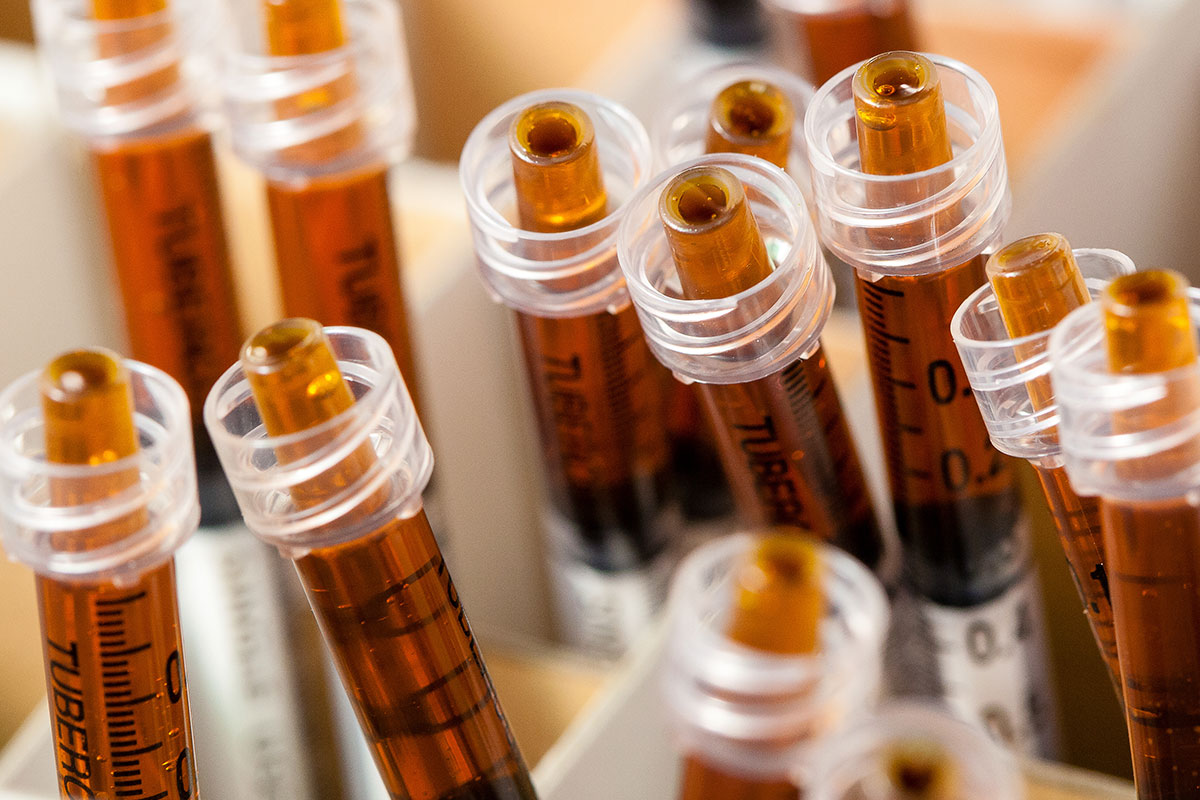
PHOTO | Eric Limon
Cannabis oils are concentrates that maintain a consistent liquid state. Oils are most often made with ethanol, which preserves the widest array of phytochemicals found in any cannabis extraction. Oils of this type are often referred to as full-spectrum cannabis oil (FECO) or Rick Simpson Oil (RSO). These oils are often used under the tongue or are ingested orally. Carbon dioxide, however, can also be used to make a syrupy oil, such as that found in vapor cartridges.
Live Resin
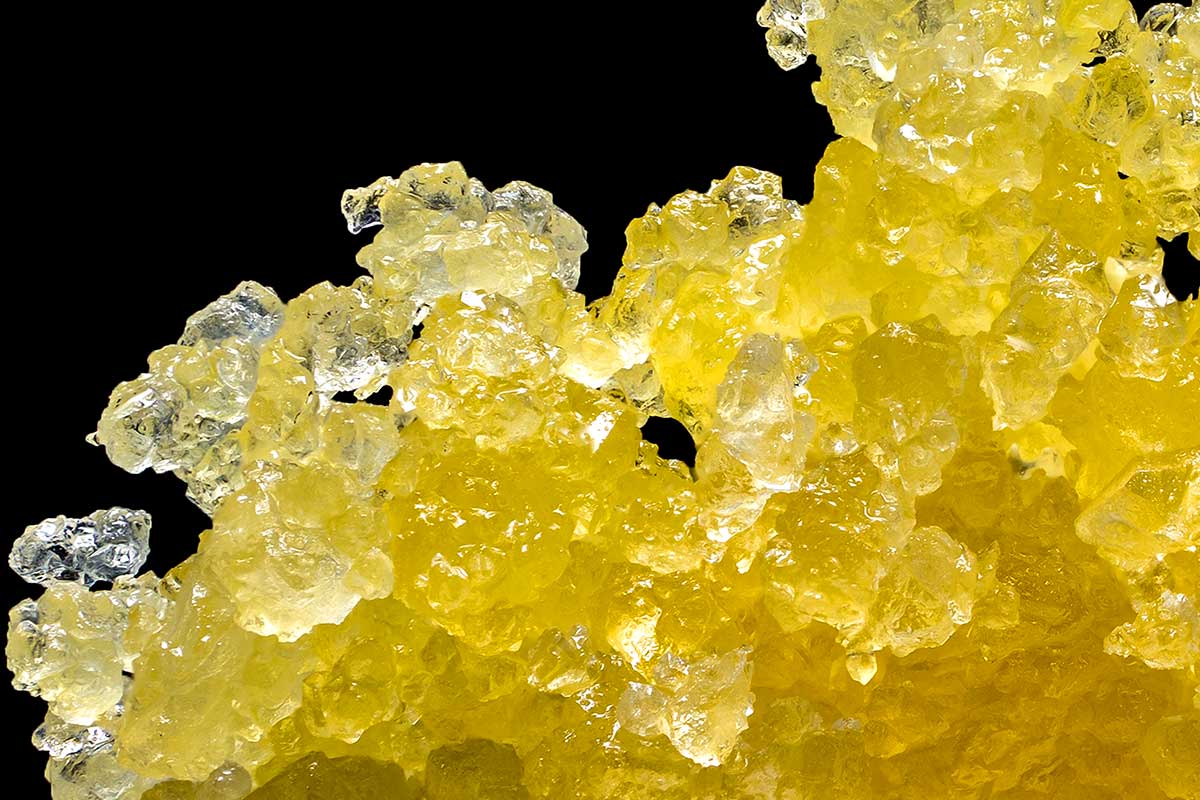
PHOTO | Oleum Extracts
Live resin is a king among concentrates. Unlike all other concentrates, live resin is made using fresh cannabis flowers that have been flash-frozen in order to preserve terpene quality. These fresh flowers are then processed using butane as a solvent, creating a wet and semi-solid concentrate that features superior flavor, aroma, and overall terpene quality.
Solventless Concentrates
Using a solvent is the easiest way to extract cannabis concentrates. Solvents, however, are not required to make a concentrated cannabis product. Products like hash and rosin do not require solvents at all, which makes them preferable to many consumers. Although, solventless concentrates tend to be less potent than their solvent-based counterparts.
Rocks and Sauce: Oleum Extracts

PHOTO | Oleum Extracts
“Rocks and Sauce is a product where THCA crystals grow in their own high terpene extraction,” said Team Oleum. “They are often made from fresh frozen material but can be made from dried/cured material, too.”
Honey Crystal/CryoTek: Oleum Extracts
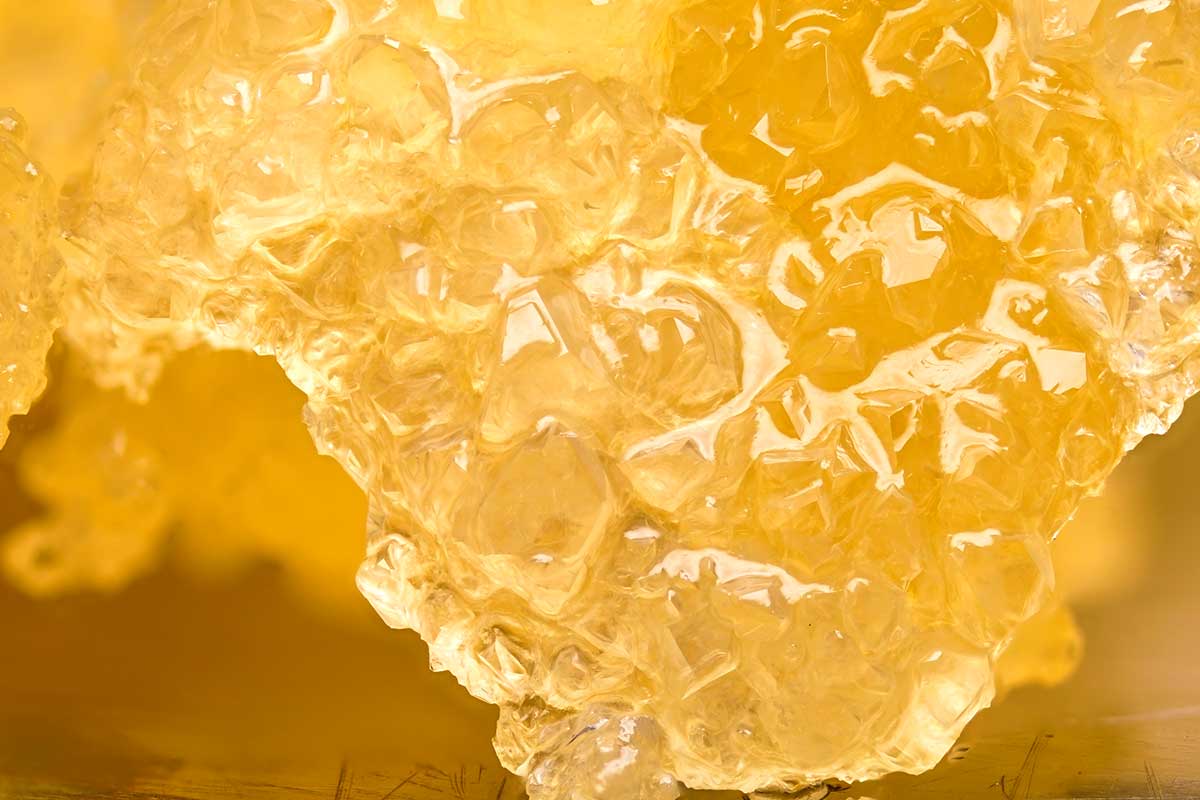
PHOTO | Oleum Extracts
“This product is fully dewaxed, quad filtered and highly processed,” said Team Oleum. “We make Honey Crystal/CryoTek from dried/cured material. CryoTek means that the Honey Crystal has gone through an additional stage of processing to further refine the material.”
Hash
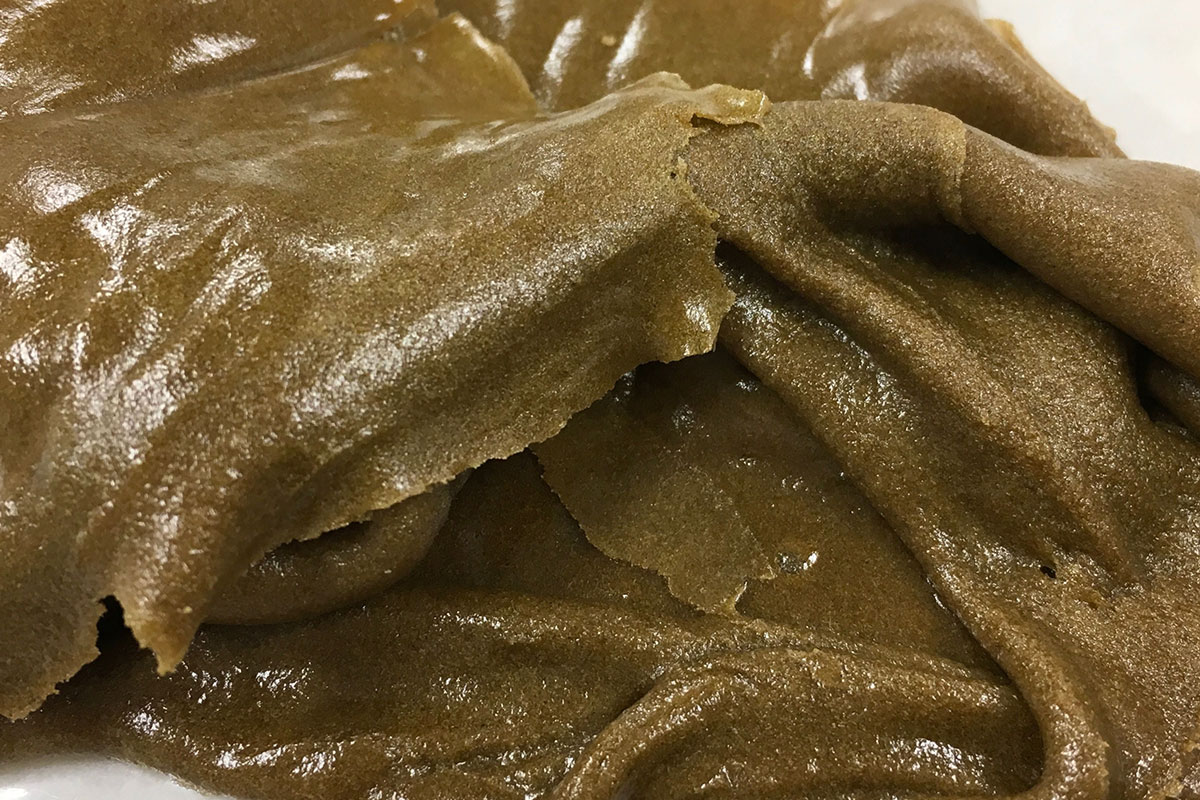
PHOTO | Frenchy Cannoli
Hash is one of the oldest cannabis preparations available. It’s also one of the simplest to make. Hash is most often made by rubbing dried cannabis flower on a screen, breaking off trichomes via agitation. The broken trichomes are then collected and compressed into hash.
Bubble hash or ice water hash is another type of concentrate made using agitation. Only, this variety of hash uses ice water to freeze trichome resin glands. The cold temperature makes trichomes more brittle, which allows them to more easily break away from plant material. The end result is grainy trichome goo that is then dried and compressed into hash.
Rosin

PHOTO | RuggedCoast
Rosin is one of the most popular concentrates available today. Like hash, rosin is relatively easy to make. This solventless preparation uses heat and pressure to melt trichomes off of plant material. These trichomes are often melted between two solid hot plates, which compresses them into an almost shatter-like consistency. Rosin tends to be slightly translucent, although it remains mailable and soft, a stark contrast to shatter’s glass-like nature.
Terpsoline: Oleum Extracts

Photo | Oleum Extracts
“Terpsoline is another one of our products that is made of up of THCA Crystalline Wizard Stones and cannabis-derived terpenes,” said Team Oleum.
Exciting Advances and New Developments in the World of Cannabis Concentrates

PHOTO | Oleum Extracts
Team Oleum believe that isolates, the separation of cannabinoids and terpenes are exciting developments and new in the field of concentrates.
“We are now starting to understand isolation and separation on a much deeper level,” said Team Oleum. “This allows us to reconfigure ratios of cannabinoids to terpenes — to alter the experience, flavors and effects of these products.
“This has never been an option before with cannabis concentrates, we believe the future will incorporate a lot of these unique and novel combinations into the cannabis consumer’s diet. For instance, our IceWalker is a product that incorporates THCA Crystalline Wizard Stones, Delta-8-AquaTek Distillate and cannabis-derived terpenes. These types of concentrate concoctions were not possible a few years ago, we are excited to see what will come available in the next five years.
“In addition to isolations, we are also starting to retain terpenes (flavors) and their respective cannabinoids in such a way as to mimic the actual taste, smell and effect of the flower it comes from. It wasn’t too long ago that material was just put into a column and blasted with solvent, hoping for the best outcome in the end product and it was often hit or miss. Now, a lot more science, better cultivation, and preparation of materials, and better understanding and innovation of equipment have allowed us to employ much more efficient methods in cannabis extraction and processing. This, in turn, allows us to produce a much higher quality product much more consistently. Something that benefits both the producers and the consumers.
“Last but not least, CRC (Color Remediation Cartridge) seems to be making an introduction by offering solutions to the removal of unwanted colors and compounds in cannabis concentrates. These colors and compounds include lipids, chlorophyll, carotene, xanthophyll, pheophytins and lycopene,” said Team Oleum. “Due to the compounds being used in this process, it should only be done by those with proper equipment/lab and training. It definitely has its place in the concentrate industry as a means of cleaning up product, but in the same breath, good concentrates should always come from good starting material. As the tried and true saying goes, “Fire In.. Fire Out”.
“These methods of remediation can often take away from the true and original character of the strain and extract. We try to stay as close to the original cultivar as we can…in most cases it’s what we and the end consumer prefers.”
Cannabis
Cannabis Classification System Announced for 2022 Emerald Cup Awards
Published
2 years agoon
February 25, 2022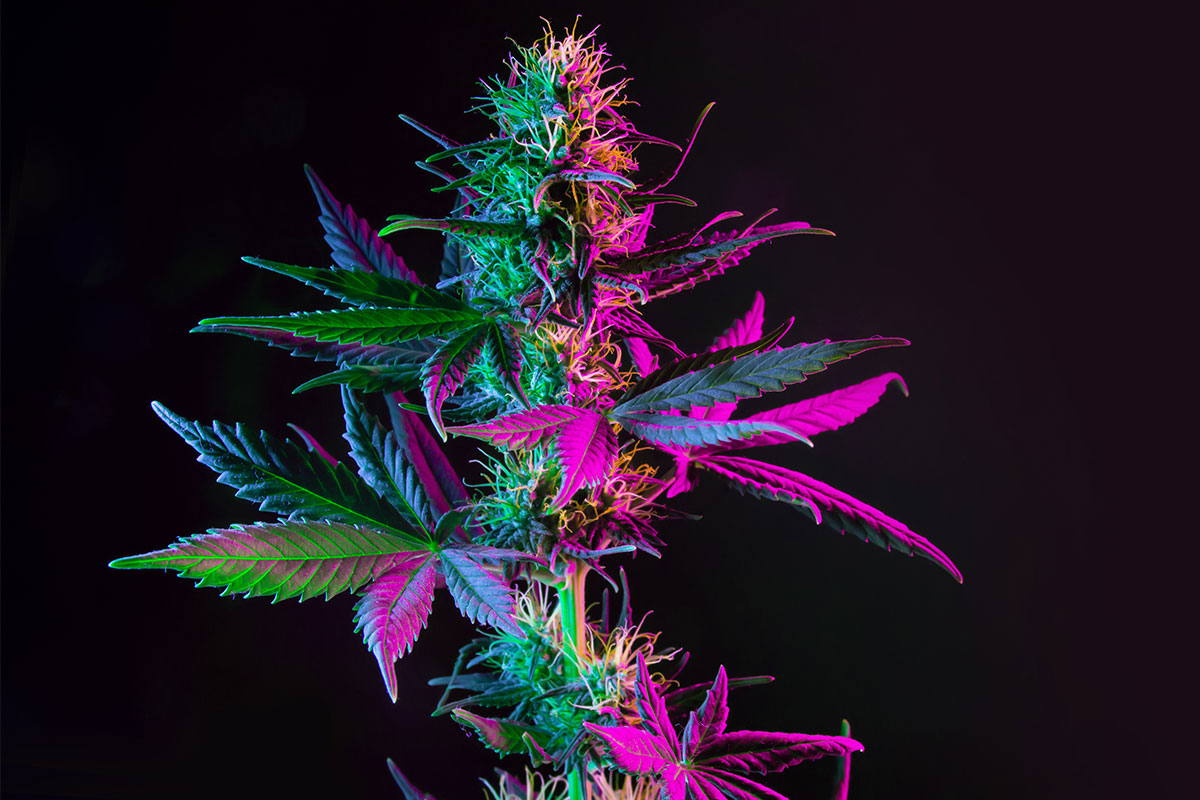
One of the factors that make the Emerald Cup so important to California’s cannabis market is its continued strive for excellence and innovation. For the 2022 awards, the judging process is undergoing a transformation and with it comes a new cannabis classification system that will classify entries based on terpenes, flavour, and effects for anybody — from customers to budtenders, dispensaries, judges, and cultivators.
Cannabis Is More Than Just THC
The days of just searching out the highest THC totals are rapidly receding as research has now proven that terpenes are at the base of the entourage effect that customers desire are rapidly fading.
Terpenes, on the other hand, have mostly added to the consumer confusion already caused by overly broad Indica/Sativa/Hybrid terminology, whimsical strain names, irrelevant THC/CBD percentages, and other ambiguous factors that make selecting the best or correct strain a less-than-satisfying ordeal for even the most experienced cannabis connoisseurs.
The Emerald Cup competition will serve as a testbed for a new classification system for cannabis flowers. The event organisers and their testing partners at SC Labs decided to further break down the flower categories based on the chemometrics of each cultivar (better known as “chemovar” — the evolution of the term “dominant terpene”) evolving beyond last year’s flower category sorting by primary terpene content, in order to level the playing field and eliminate as much bias as possible in the blind/anonymous sampling done by Emerald Cup judges each year.
This paradigm-shifting insight sparked months of additional research and discussion, culminating in the Emerald Cup Cannabis Classification System based on PhytoFacts® powered by SC Labs.
The all-new classification system builds on last year’s approach of sorting flower entries by primary terpene content, leveraging a decade of Cannabis phytochemistry research between PhytoFacts®, developed by Napro Research in 2013, and a powerful database of over 250,000 terpene tests aggregated by SC Labs, dating back to their launch of terpene testing on Cannabis in 2013. The key class names were chosen to represent current terminology, are widely used in the business and are familiar to dispensaries and consumers. Each class is further explained using taste notes, effects, and popular strains or cultivars to promote understanding and acceptance.
The New Cannabis Classification System
The classes of the Emerald Cup Cannabis Classification Based on PhytoFacts® powered by SC Labs include:
“Jacks + Haze” Class
- Mostly ‘Sativa’-leaning varietals
- Tasting notes – Fruity, Pinesol, Haze
- Effects – Energizing, Cerebral, Artistically Inspiring
- Common Cultivars – Classic Trainwreck, Jack Herer, Durban Poison, Super Lemon Haze
- Terpenes Profile: Terpinolene, Caryophyllene, Myrcene
“Tropical + Floral” Class
- Mostly ‘Indica’-leaning varietals
- Tasting notes – Sweet, Floral, Tropical Fruit
- Effects – Calming, Soothing, Relaxing
- Common Cultivars – Super Skunk, Hawaiian, In the Pines, Dream Queen
- Terpenes Profile: Ocimene, Myrcene
“Sweets + Dreams” Class
- Mostly ‘Indica’-leaning varietals
- Tasting Notes – Fruity, Sweet, Woody, Hoppy, Herbaceous
- Effects – Relaxation, Couch Lock, Analgesic
- Common Cultivars – Blue Dream, Tangie, Forbidden fruit, Grandaddy Purple, Purple Urkel, Grape Ape, Cherry AK, God’s Gift, Purple Punch
- Terpenes Profile: Myrcene, Pinene, Caryophyllene
“OGs + Gas” Class
- True ‘Hybrid’ varietals
- Tasting Notes – Gas, Fuel, Sweet, Citrus, and Pepper
- Effect – Uplifting, Stimulating, Analgesic, Relaxation
- Common Cultivars – Classic OG Kush, ChemDawg, Sour Diesel, Gorilla Glue
- Terpenes Profile: Any combination or shifting codominance of Caryophyllene, Limonene, Myrcene
‘”Desserts” Class
- True ‘Hybrid’ varietals
- Tasting Notes – Deserts, Doughs, Citrusy & Spicy
- Effects – Stimulating, Racy, Uplifting, Comforting
- Common Cultivars – Classic Bubba Kush, GSC, Gelatos, Cakes
- Any shift in codominance of Caryophyllene & Limonene
“Exotics” (Rare Terpene Combinations) Class
- True ‘Hybrid’ varietals
- Tasting notes – varied based on chemistry of entry
- Effect – varied based on chemistry of entry
- Common Cultivars – rarest terpene profiles entered into the Emerald Cup Competition
This game-changing development in cannabis classification levels the playing ground for the 2022 Cup as well as market competitiveness amongst brands. The system seeks to become an open-source, globally recognised grading solution for Cannabis, with six simple classes/names/descriptions. In the same way that a Chardonnay would not be tested against a Merlot in the wine business, this new system permits strains with comparable profiles to be judged against each other. This new classification system will also be used at the California State Fair Cannabis Awards in July 2022.
The 2022 Emerald Cup Awards will be presented live on stage on May 14th at the Green Street Festival in Downtown Los Angeles, California.
Cannabis
The Sativa Preservation Society Project Will Protect Rare Haze Genetics
Published
3 years agoon
October 29, 2021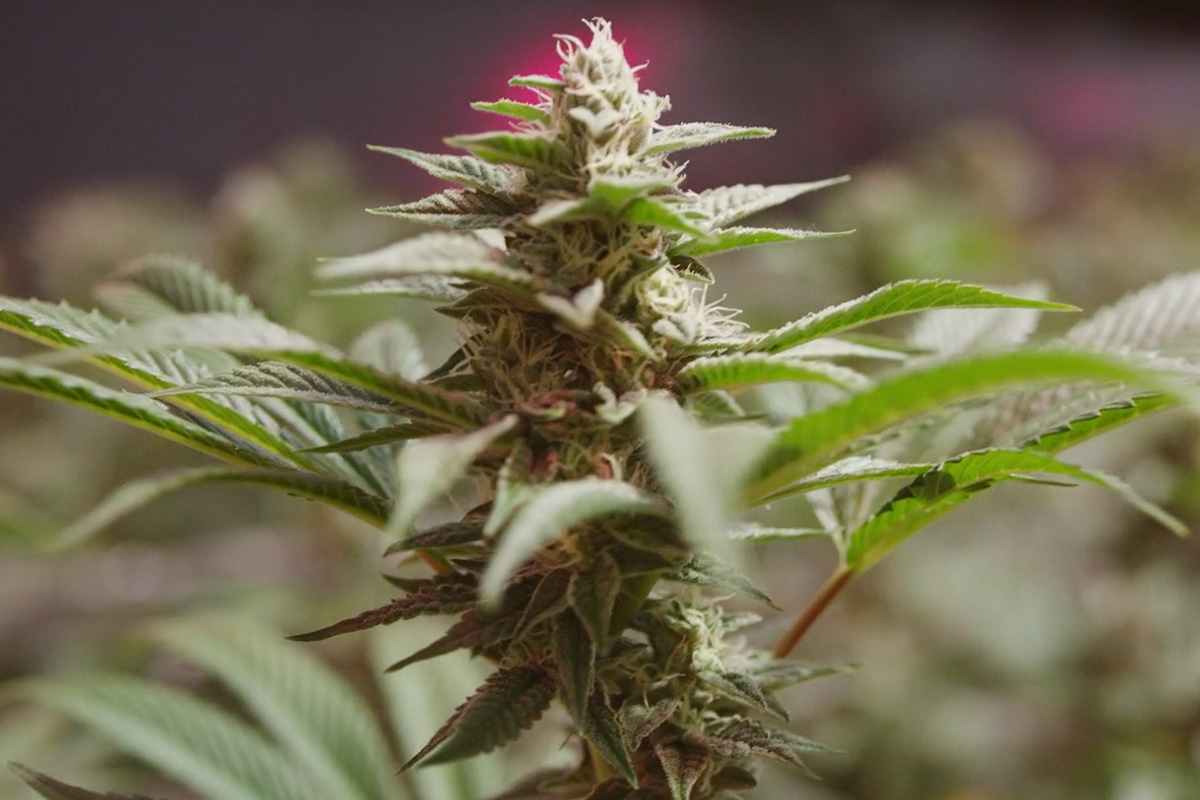
Space Coyote, the totally cosmic cannabis company, has launched the Sativa Preservation Society Project — a movement that protects Haze genetics while paying homage to the custodians and cultivators who kept the seeds alive.
Celebrators of the cannabis culture’s stoner heritage, Space Coyote’s aesthetic and ethos embraces the vibes and psychedelic Seventies scene, where the creativity and community of cannabis intersect.
Co-founder and self-confessed ‘Sativa Diva’ Libby Cooper calls it the “ultimate passion project”.
“We’re truly passionate about saving these genetics that are the actual grandmothers of every modern-day sativa strains that people love — all of these desert strains, all of the fruity strains,” Cooper tells me from the Space Coyote van en route to Hall of Flowers.
Founding the Sativa Preservation Society Project
The concept of the Sativa Preservation Society Project was years in incubation as the Space Coyote team deliberated over how to bring it to life. It was important for them to give back to the community while helping to educate about the history of cannabis culture.
The stars aligned earlier this year when the team met Bam Vachher-Gnanathurai, nursery and plant breeding manager from the Posibl Project in Salina. A mutual love of the unique effects of Haze genetics made for a truly cosmic outcome.
“Bam is super passionate about sativa,” said Cooper. “When we went and met up with Bam for the very first time, he rolled a blunt from Cuban Black. It was such an amazing experience to smoke that flower.”
“The initial conversation of the Sativa Preservation Society coming to life happened during that smoke session. It was like, ‘holy shit, we could actually do this.’”
The Haze Experience
The Sativa Preservation Society Project is launching with three incredibly rare cultivars — Cuban Black Haze, Uptown Haze (also known as A5 Haze), and C5 Haze — all of which were originally cultivated in the 1980s by legendary grower Neville Schoenmaker. The flower will be available as bagged eighths and as infused prerolls.
Cooper likens the Haze experience to being “a bit like mushrooms” — colors are brighter, your smell is enhanced and your hearing is sharper.
“It’s really like a cup of coffee without any jitteriness or anxiety usually associated with sativas. This is pure energy without any sort of adverse effects,” explains Cooper. “You really feel as if your eyelids are getting peeled back — you’re awake, you’re uplifted. Basically, I smoke it and I immediately start stretching.”
“Many sativa genetics are dying out due to a number of reasons,” says Cooper. “Typically, they are more difficult to grow, have a longer curing time, and the fluffy buds are easily crushed in transit.” All of which makes sativas less cost-effective in California’s highly competitive legal market.
“This truly is the first time these original sativa strains are going to be commercially grown,” says Cooper. “It really wouldn’t have been possible, funnily enough, without this group named Posibl.”
Learn more about the Sativa Preservation Society Project in the video above. While you’re at it, find your nearest Space Coyote here.
Cannabis
Peach Oz: This Sweet And Juicy Cultivar Will Stimulate Your Creativity
Published
3 years agoon
October 1, 2021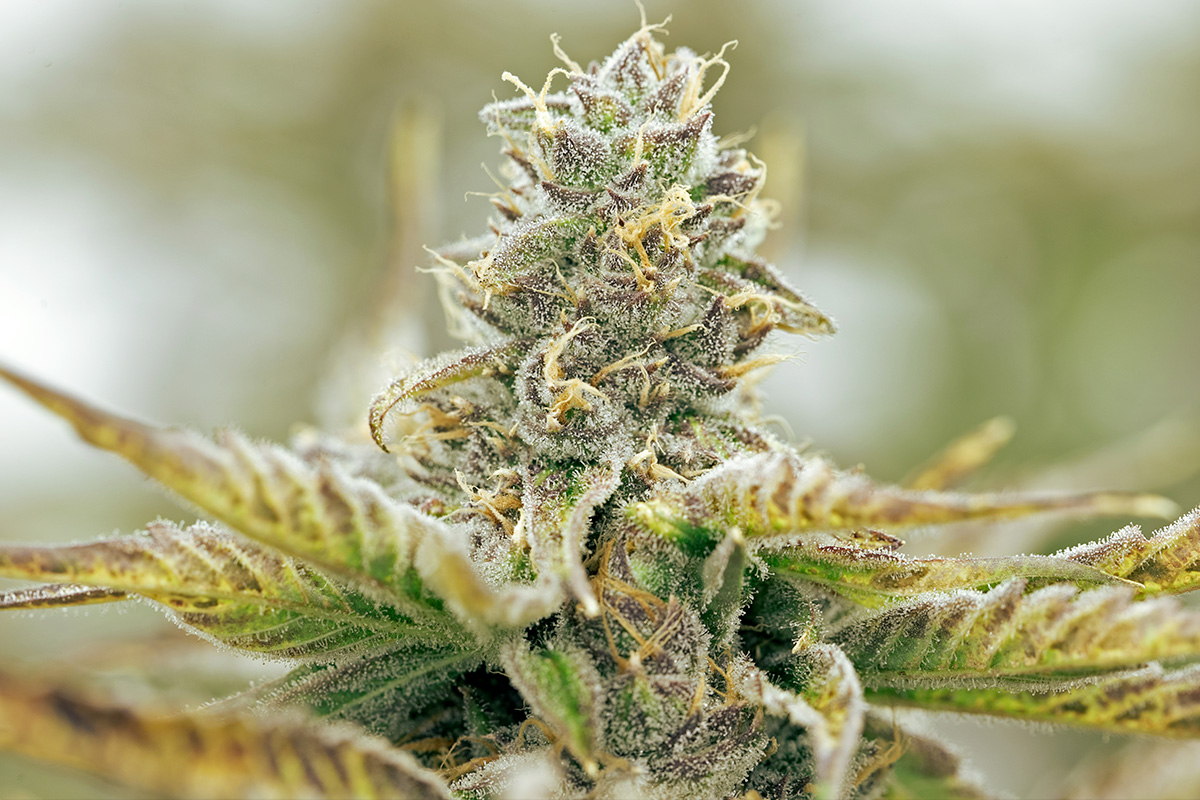
If you’re looking for a premium cultivar with legendary genetics and a euphoric high, look no further than Peach Oz, the latest addition to Wonderbrett’s stellar strain menu.
A cross of Peach Rings with OZ Kush and a descendent of Zkittlez, the sweet, stimulating citrus taste profile of Peach Oz will get your creative juices flowing.
While the cultivar may be new to the public, according to Wonderbrett Co-Founder and famed Breeder Brett Feldman, it’s five-years-old in the world of genetics.
“There’s only a small handful of heady smokers who follow these things,” says Feldman. “I wanted to bring it to the masses to share the experience with everybody. That’s where my passion comes from with this strain. Similar to an amazing dish at a restaurant, you want to share it with your friends.”
Grown in small-batches at scale from the company’s state-of-the-art Long Beach cultivation facility, the strain was first created by Dying Breed Seeds, then perfected by Cannabis By Corey, before making its way to Feldman.
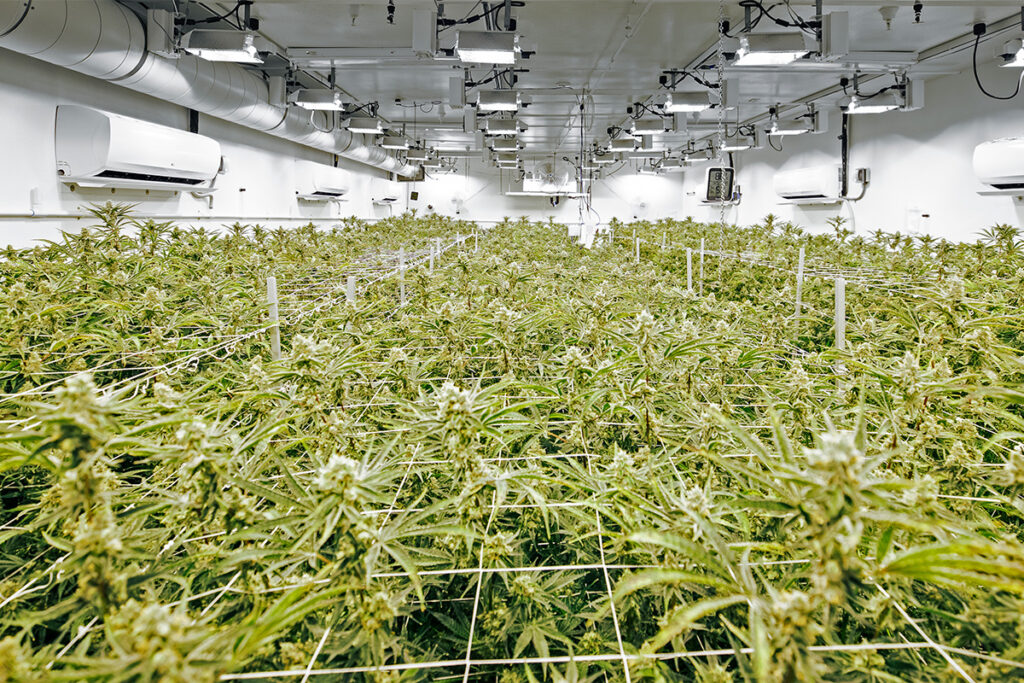
Bursting with flavors and aromas that bring to mind the sweet ocean breeze and fragrant fruit orchards of the California sunshine state, Peach OZ’s four dominant terpenes: Caryophyllene, Linalool, Limonene and Humulene, create a distinct sweet taste of ripe peaches, citrus candy and cream.
“When any strain has that unique, recognizable consistency in its flavor, whether that be peach, lemon or orange, that’s what myself and other breeders appreciate most and look for when bringing a genetic like this to market. It’s mind-blowing what Peach OZ can do that, translating a fruit flavor to a smoking experience,” explained Feldman.
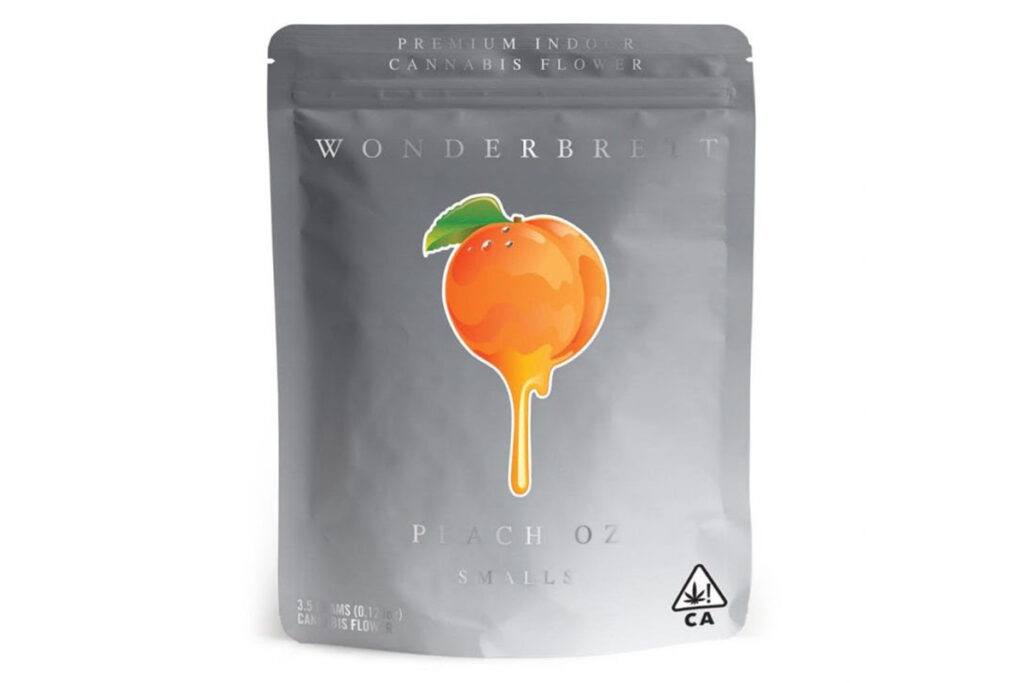
Peach OZ is available at select dispensary and at Wonderbrett’s flagship dispensary in L.A.

